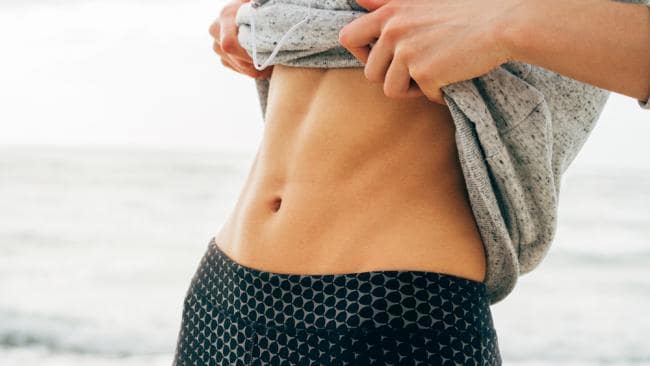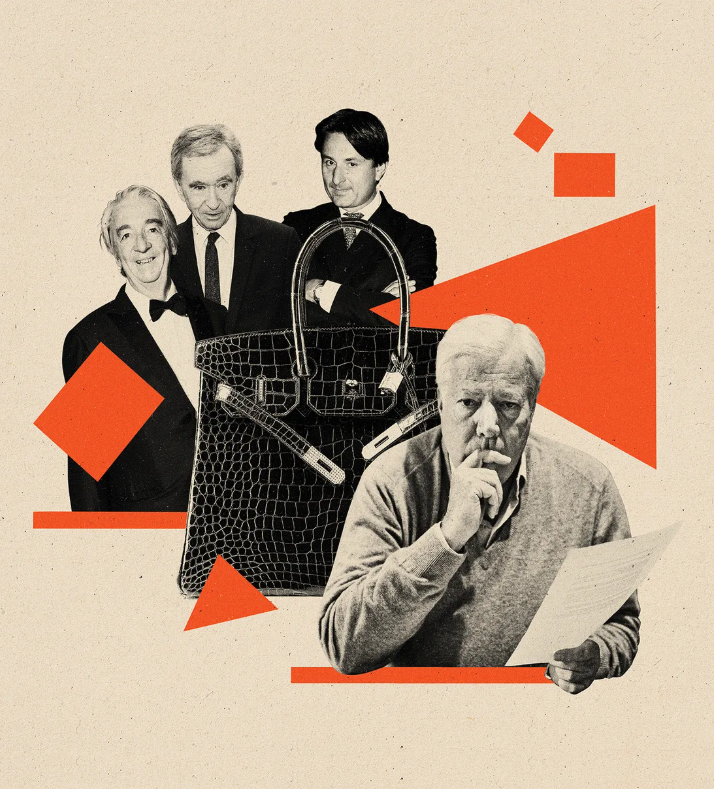
This article is more than
6 year oldCan't shift belly fat? A dietitian explains what you need to cut from your diet

A flat belly or a dreamy six pack is the reason so many people spend hours and hours at the gym each week. Aesthetics aside, there are major health benefits of having a trim waistline – but as a dietitian, I understand many people struggle to shift their unwanted belly fat.
You mightn’t be aware, but belly fat is actually much more dangerous to your health than the excess fat you might be carrying around your bottom or thighs. That’s because the fat around your midsection equates to a higher proportion of visceral fat, which is fat that accumulates around your organs and increases your risk of heart disease and stroke. Women who have experienced menopause might find this type of fat particularly difficult to shift, as their recent change in hormones means they are more inclined to store fat around the middle than they were before. In case you aren’t aware, if you’re female you want a waist circumference of less than 80 centimetres (for men, under 94cm is your goal).
To whittle down your waistline, you want to focus on healthy lifestyle changes that will help you lose weight overall (unfortunately, you can’t pick and choose where your excess weight is lost from). So, to give you a helping hand, here’s some common reasons that people can’t shift belly fat – and what to do about it.

1. Too much ‘junk’
Did you know that about a third of the average adult’s energy intake comes from discretionary items? That’s things like muffins, biscuits and ice cream – and unless you’ve been living under a rock, you'll already know these foods aren’t the healthiest ones to eat every day. Simple swaps like having a piece of fruit instead of a biscuit each morning, or a tub of yoghurt instead of a scoop of ice cream after dinner will help to bring down the energy density of your diet and help you lose weight.
2. Too much fat
Nuts, olive oil, avocado – they’re all super-duper healthy foods that have a lot of good things going for them. But while they’re really good for you, they also pack a heap of calories, so it pays to be portion wise. Unfortunately, that’s not the Jamie Oliver-style lashings of oil on everything you cook, a family-sized bag of nuts for an after dinner snack, or a whole avocado smashed on toast for Sunday brunch. Instead, it’s just a teaspoon of olive oil per person when cooking, 30 grams (or a small handful) of nuts and seeds or a quarter of an avocado a day. Obviously, unhealthy fats found in full-cream dairy, pastries and cakes should be minimised, anyway.

3. Not enough protein at each meal
Aside from its role in muscle maintenance and growth, protein has a fullness factor. So if your meals lack a source of protein, you’ll probably get hungry pretty quickly – and if you’re not prepared, you’re likely to reach for energy-dense foods like lollies or chocolate for that energy hit. So, plate up your main meals based on the healthy plate model to fuel your body the best you can: half a plate of veggies, a quarter of a plate of carbs and a quarter of a plate of protein.
4. Not enough veggies
You hear dietitians bang on and on about vegetables every day, and while there’s a rainbow of reasons that we could all do with more veggies, today’s focus is on weight management. Without a doubt, almost every person that walks in to my office with the hope of losing weight walks out with a goal to eat more veg. Why? Obviously, they’re full of good stuff – but they’re also super low in calories, so by eating more of them, you’re reducing the energy-density of your diet.

5. Drinking your calories
Did you know alcohol packs a serious punch when it comes to energy content? You can expect at least 100 calories a pop when it comes to wine by the glass, and even more if cocktails are your thing. But it’s not just about alcohol – juice, soft drink, energy drinks and smoothies are full of kilojoules and usually packed with added sugar, so it pays to make the switch to water.
Melissa Meier is an online and Sydney-based Accredited Practising Dietitian. You can connect with her at www.honestnutrition.com.au or on Instagram @honest_nutrition.




